QuestionDenise:
I'm back again. I have been reading some about spooked horses. I understand their can be warning signs before they go beserk. Can you give us some advice, like signs to watch for?
Following you previous advice, our former barrel racing gelding is doing great now.
Thanks, Roger and Ginny
AnswerHi Roger, Hi Ginny!
When you think of a spooked or scared horse remember they are only doing what they think they need to do to survive. Horses are herd animals and at the bottom of the food chain. They know they are on the menu of many other animals and it is with awareness and speed that they survive. It is not like they have just lost their mind and want to do wrong. For a horse when they leave us in such a violent and dramatic way, they are literally scared for their lives. It is no small thing for a horse. Many times they feel totally alone with no support. They feel they need to save themselves and they will do what ever they need to do much to the dismay of their owners and riders!
This is why we teach our horses a one rein stop and how to yield hindquarters, so they can move their feet and feel like they can still save themselves. When their feet are still able to move, they do not feel like they are trapped. We can then get them over the fright they are feeling without bolting off and getting US into a huge jam.
A one rein stop is critical in the management of a scared horse. If the rider pulls on two reins the horse is blocked and the energy has to go somewhere. Oft times that blocked energy becomes rearing and flipping over. Pulling on two reins also allows the horse to brace evenly against the bit and still bolt away. If you have ever watched horse racing, you can see how well a horse can run while a rider is pulling on two reins. Race horses do it every day!
About recognizing when trouble is coming...I always tell folks to trust your instincts. You can feel the horses fear and anxiety in the pit of your own stomach. This is the point where I would like people to react. Many times people ignore these feelings or think they can ride through whatever is coming. If you have a really good one rein stop, you are sporty and athletic, you can ride a good jump or buck, you can support your horse in a way that is meaningful to the HORSE, by all means stay in the saddle. If even one of these components is missing, get on the ground. Be safe, support your horse in a way that will not add to his insecurity and fear. Horses do not like to lose their riders, it really scares them. If there is a chance that you cannot ride what the horse feels it needs to do, or you cannot shut down, in a supportive way, the behavior that will get you dumped, get on the ground, quickly!
If you spend any time at all around horses, the warning signs and fear/flight behavior become very clear. Watch your horses in the pasture, watch them amble around grazing and relaxed, their heads will be lowered ears flicking softly sometimes one will be slightly forward and the other off to one side, the back level to slightly hollow, tail out from the body swinging with the movement of the gate. In an alarmed horse the head will be jerked up high, with ears erect and snapped forward in the direction of concern. The feet will be in a wide stance directly under the body ready to leave at a moments notice. The tail will be clamped tight against the body and when the horse begins to leave the tail will form a "J" with the top of the tail clamped down tight. The horse will raise his nose and sight down the nose in a more binocular fashion, decreasing the blind spot. The back will lift as the legs come under the body in preparation to bolt. The horse will snort as in brings in and expels great quantities of air to pass over the Jacobson's organ that helps the horse evaluate scents in the air. All of these behaviors are quite overt and easy to spot. When riding, the horse will "fill in" for us and we may miss all of the warnings that something bad is coming and that the horse is frightened. I hear so many people say "Oh my horse bucked and it was out of the blue!" Not so! The horse is honest. They give lots of warning, we just need to be better at spotting the signs.
When you are walking down the trail and you feel the horses body tighten, the stride will change, it will become tighter, shorter and quicker, these are signs that the horse is feeling scared. Notice where the horse is looking and where are the ears pointed. The ears will point toward trouble. Ears pinned back, trouble behind, ears snapped forward, trouble is ahead. Head cocked sideways ear pointed off to the side and down, trouble is to the side.
When any of these things come up, bend the horse! Start yielding hindquarters, do a series of tight serpentines bending to the left and to the right as though you are having to ride through sage brush or cactus. Make sure you are getting down to the feet and not just bending the head and neck of the horse. You have to be riding the feet and keeping the feet following through with the bend. If you are bending the head and body of the horse to the left, think of an imaginary line that looks like an "S" in the dirt, keep the horses feet on the line if you are bending left, make sure the horses feet are on the line walking left with all four feet moving evenly and you continue on your serpentine. This is critical in getting control of mind and body of the horse. When you control the feet, you control the mind. Be very particular about the control of the feet!
Finally, NEVER be shy or worried about getting on the ground. If you do not have the skill to really ride and support your horse, get out of the saddle! I remember when I was riding a very large, fractious, three year old in a Buck Brannaman clinic. The wind was blowing, there was thunder and lightening and the colt was about to blow up in a big way! I was doing my best to keep him bending and get him feeling better. Buck rode by and said: "I'd rather get off than get bucked off!" These are words I live by! If I could have gotten off, I sure would have! As it turned out I felt safer in the saddle and continuing to bend. I couldn't get my colt to come still long enough to get off! I was only getting about a half a step forward before I had to get back to bending again! It all worked out fine. It took about 30 minutes of tight serpentine bends before my colt took a breath and started to relax. It could have taken all day. With horses it takes what it takes, 10 minutes or all day, you do what it takes to get good changes.
I hope this helps! If I have used terms or concepts that you do not quite understand, let me know and I will clarify. Become a student of the horse. Observe, compare, remember. Your horses are your best teachers!
Hope you had a great Thanksgiving!
Smiles! Denise

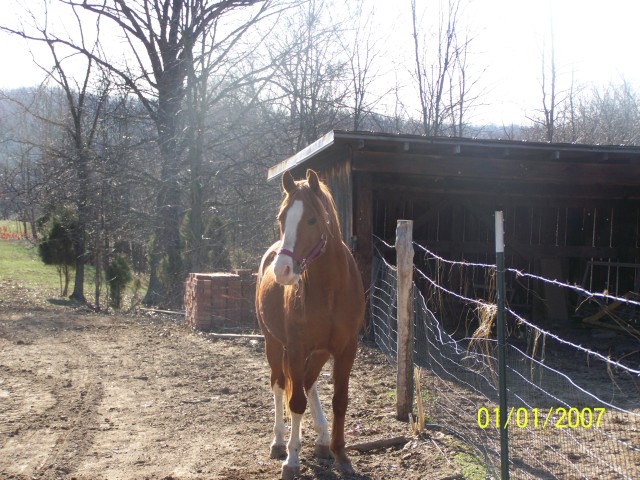 really bad Arabian
Question
Rocket the Bad Arab
Hi, My name is Robin and I
really bad Arabian
Question
Rocket the Bad Arab
Hi, My name is Robin and I
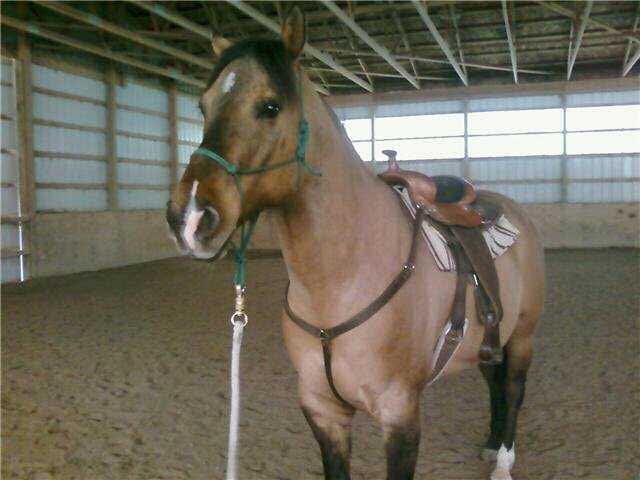 Scared Horse
Question
My horse
I have been working consistent
Scared Horse
Question
My horse
I have been working consistent
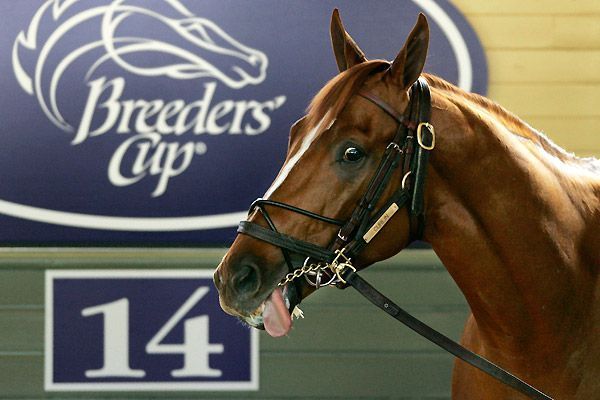 horse sticking its tongue out
Question
horse sticking its ton
hello sir, may i know w
horse sticking its tongue out
Question
horse sticking its ton
hello sir, may i know w
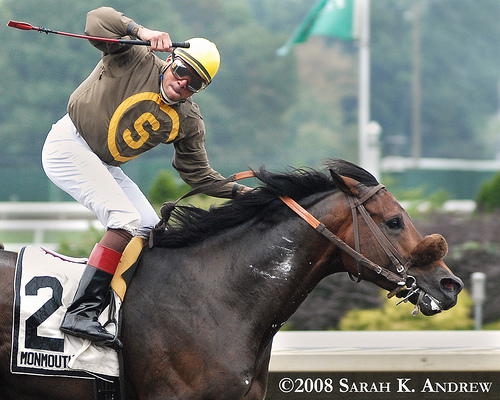 foamy sweat
Question
foamy sweat
hello maam, is this foamy s
foamy sweat
Question
foamy sweat
hello maam, is this foamy s
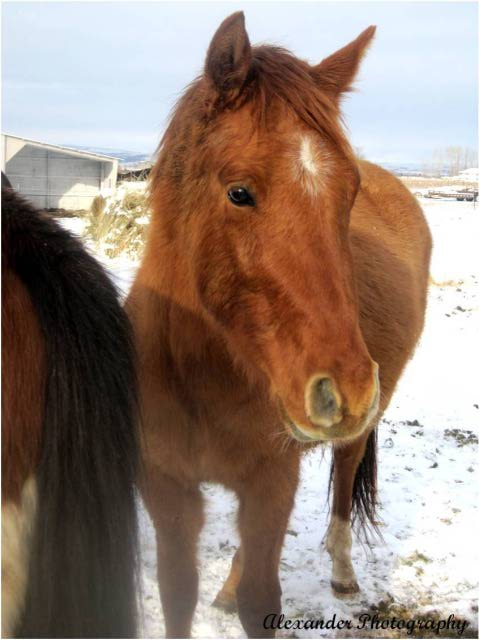 Colt Refuses to be Caught
Question
Spartan
Hi,
I have a 2 year old colt n
Colt Refuses to be Caught
Question
Spartan
Hi,
I have a 2 year old colt n